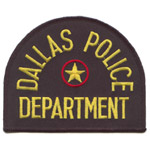The History of the Dallas Police Department Motorcycle Unit
Highlights and History Dallas Police Motor Unit
By: Robert Cockerill, Dallas Police Department
The Motor Officer Volume 86 Number 1 Spring 2015
Dallas, Texas is the 9th largest city in the United States with a diverse population of over 1.2 million people covering 384 square miles. Chief David Brown commands the Dallas Police Department with a force of 3527 commissioned officers and 549 noncommissioned civilian employees. Gazing into the archives of the Dallas Police Department’s Motorcycle Unit provides only a glimpse of yesteryear. A few artifacts have survived, but some parts of history are lost forever. Several motorcycle officers left their mark, but many are forgotten names of a bygone era captured on a old police photograph. Others have been forever linked to a moment in time.
The Motorcycle Squad
The Dallas Morning News; 09-10-1908. It is not unlikely the city will adapt the motorcycle for the purpose of running down speeding automobiles. It seems that several cases of unusually fast racing have come to the notice of Commissioners and they realize the apparent inability of the police equipment to apprehend the auto speed fiends.
“The only thing to do is to get a motorcycle and put an officer on it,” said the Commissioner. “Let him run these automobiles down and get their numbers. Really, he ought to carry a gun and make them stop, if he has to puncture one of their tires.”
01-17-1909. Motorcycles are to be purchased by the city and used by some members of the police force. This is for the answering of hurried calls and for chasing of speeding automobiles and other suspected breakers of the law.
01-19-1909. Police Commissioner said yesterday that he expects the two motorcycles ordered for use in the police department to arrive in Dallas today. The machines will be put in service at once for the men to respond to hurry calls and to be used in overtaking automobiles when they are going at a rate of speed thought to be excess of the limit fixed by the city. The motorcycle policemen must be experts to operate the motorcycles at a sufficient speed to overtake fleeing automobiles, and still avoid any accidents to themselves or pedestrians whom they encounter. The wheels will likely be in use before the end of the month. Several of the men will be in practice for riding having graduated in the use of the bicycles, and will easily take on the habit of the motorcycle.
In 1909 the Dallas Police Department became motorized and the Motorcycle Squad was established with the purchase of 2 motorcycles that year. The riders still got plenty of exercise as the motors worked off magneto needles, which would not start until the machines were pedaled and reached a speed of 10 mph. However, their acquisitions proved invaluable as they enabled an officer to get to the scene of a crime quickly.
By 1910 the Motorcycle Squad had grown to four officers. Dallas became the first in the nation to install traffic lights at intersections. Within four years, the motorcycle squad would add ten additional officers, all riding Harley-Davidson Police Motorcycles.
The first Dallas Police motorcycle officer to die in the line of duty was Officer Johnnie “Hoot” Gibson. On April 19, 1923 at about 3:45 a.m., motorcycle officer Gibson and Nobles were patrolling the downtown area when they observed Grant’s Drug Store being burglarized. They dismounted their motorcycles and approached the Drug Store with their guns drawn. The burglar fired at Gibson from inside the store. Officer Gibson was struck in the neck and abdomen. Shortly thereafter he died on the sidewalk. On February 12, 1925 at about 10 p.m. motorcycle officer Clarence Marshall Isbell and R.D. Wofford were patrolling south Dallas when large touring car sped past the officers. Officer Isbell rode up to the driver’s side and instructed the driver to pull over. At that moment, the occupants shot Isbell and struck him in the right temple. He died en route to Parkland Hospital. Crime was so bad in 1925, motorcycle officers were equipped with sawed-off shotguns.
Nickle parking meters were installed, and Harley-Davidson three-wheeled motorcycles were used to enforce time limits.
By 1933 the Motorcycle Squad had grown to 18 motors.
In 1936 Dallas added 15 new Harley-Davidson motorcycles to help handle the Centennial crowds.
SHOCKING MACHINES
Radio revolution patrol procedures, and Dallas led the way by becoming the first to install one-way radio receivers in squad cars. The first broadcast across the police short wave transmitter began with the historic words “All patrol cars standby.” In 1933 all motorcycles were to be equipped with the short-wave radio. The Harley-Davidson Motor Company received the contract, and at a cost of $185 and 11 junked motorcycles, six radios were purchased.
The 1936 Texas Centennial, which amounted to a World’s Fair, went off without any serious problems. The biggest controversy involving the work of the police department was brought on by members of the motorcycle unit, who saw an unfortunate prank backfire. Sgt. Ben Whicker was one of four motorcycle officers who had wired their motorcycles so the current from the radio batteries made them shocking machines.
In October of 1936, Sergeant Wicker was sitting in front of the Centennial Grounds on a motorcycle used by patrolman J.C. Pharr. Wicker had connected the walking stick to the motorcycle battery and was giving passers-by a shock by touching them with the stick as they came near. Ruth Brewer, leaving the Centennial, raised her hands in an attempt to ward off Wicker’s walking stick and touched it with her palm. She was standing in a puddle of water which had collected on the sidewalk and the shock knocked her unconscious. Whicker and other officers revived Ms. Brewer, took her to headquarters, and explained to Lieutenant Bert Delinger what had happened. Delinger offered an apology to Miss Brewer, and then sent her home where a private physician examined her and had her hospitalized. The weekend incident did not come to the attention of the Chief until the following Monday morning. He immediately went to the police garage and made a personal inspection of all department motorcycles, finding four wired with shocking devices. Angered, he tore the wires from the motorcycles and told those present that “horseplay in the department will stop, even if I have to fire every man in it.” Back in the office, he sent for all motorcycle patrolman on whose vehicles the shocking devices were found. He also called one of the offending officers in from his home to inform him that he was being suspended. A lieutenant was also reprimanded for not filing a report on the incident. Wicker was suspended for 15 days and reduced from sergeant to patrolman with a cut in pay from $159 per month to $139 per month.
The city’s motorcycle squad of 35 officers, which helped set the nationwide traffic safety record in 1940, was slashed down to four motors in 1941. After five long years the motorcycle squad began staging its comeback and the city would purchase 15 new Harley-Davidson motorcycles.
In 1951, the Dallas Motor Unit expanded to 64 officers, all on Harley-Davidson motorcycles for traffic control.
THE ASSASSINATION
On November 22, 1963, Dallas became the focal point of the nation and the world when President John F. Kennedy was assassinated as his motorcade drove east on Elm Street from Dealey Plaza, just east of the triple underpass. Security preparations for the President’s visit were vast. Four hundred Dallas Police Officers were assigned to a security detail including crowd and traffic control. There were three advance motorcycles to alert the Chief of Police and the Secret Service SAC of the progress of the parade. There were also five additional motorcycles proceeding the lead vehicle, two on both sides of the Presidential Limousine, and two riding at the rear of the motorcade. The extensive security measures were to no avail. One of the first officers to realize that the president had been shot was Motorcycle Officer Bobby Hargis. Officer Hargis was following close behind the left rear fender to the president limousine, and a sheet of blood flew into his face. As hysteria erupted, Secret Service agents radioed ahead to the Chief of Police travelling in the lead car. “Get us out of here… quick. The President’s been shot!” Chief Curry immediately radioed motor officers to clear a path to Parkland Hospital.
As the motorcade rushed toward Parkland, its original destination forgotten, another motorcycle officer, Marrion Baker, who was riding near the end of the motorcade, jumped from his motorcycle and rushed past a crowd of stunned spectators into the nearby Texas School Book Depository. His intent was to get into the roof quickly in order to have a better view of the entire Dealey Plaza scene. Led by building superintendent Roy Truly, Officer Baker ran up the back stairs of the building. Upon reaching the second floor, Officer Baker noticed a man standing near the soft drink machine in the building’s lunch room and, for reasons he would not understand himself, pulled his gun and ordered the man to approach him. Building superintendent Truly, however, came in and identified the man as one of his employees, named Lee Harvey Oswald. Officer Baker quickly holstered his gun and continued toward the roof of the building.
The aftermath of the assassination brought a wave of speculation and criticism directed at the Dallas Police Department. Although the “crime of the 20th Century” could have happened anywhere, the fact was it happened in Dallas. Questions and theories regarding the assassination and its aftermath persist to this day. The Kennedy assassination clearly marks the dividing line between the “old” Dallas Police and the “new.” The three tragic days in November 1963 have become a reference point to all police matters. Even today, events in Dallas are referred to as having occurred “before the assassination” or “after the assassination”
Part II
By Robert Cockerill
Dallas Police Department
“The Motor Officer” Harley-Davidson Police Magazine
Fall of 2015
During the 1930s the majority of motorists on the road did not have a driver’s license, know the rules of the road or even how to drive an automobile. The motor officers that enforced the laws of the land did so without a motorcycle license, motorcycle training or a helmet. It’s amazing any of them survived.
It wasn’t until 1946 that officers received formalized motorcycle training. In the 1950s they were required to wear protective headgear and in 1969 the federal government mandated all motorcycle riders have a license.
Additional equipment usually associated with police motorcycles (sirens, lights and radios) were often the responsibility of the motor officer to purchase and install himself. If you look closely at the motorcycles in the 1935 photograph, you can see the additional head lamps that the officers installed themselves.
In 1946 the City of Dallas purchased 15 new Harley-Davidson motorcycles. Police Chief Carl Hannson stated, “Every man on the new solos will be a volunteer. He will not be turned loose until he has had thorough training. No officer will be allowed to apply for the motorcycle duty who is not a member of the police pension fund.”
A relationship developed in the 1940s and continues to this day as Harley-Davidson and Northwestern University’s Center for Public Safety have worked together to provide Police Motorcycles Operator and Instructor training. Senior Motorcycle Instructors Joe Langenbacker and Rick Humphreys present themselves as the ultimate role model for instructor professionalism and represent the Harley-Davidson brand with pride. Not only are they outstanding Instructors, they strive to improve the training program by implementing the 180 Decel right/left and the Uncovered Maximum Braking Exercises. The addition of these exercises enhances motor officer safety.
Early on Nov. 22, 1963 Dallas Police Officer Bobby Joe Dale a three-year motorcycle veteran, was preparing for his first presidential escort through downtown Dallas. He considered the presidential motorcade a routine VIP escort. His perception soon changed. Motor Officer Dale escorted two presidential motorcades on November 22, 1963. Officer Dale started with John F. Kennedy’s procession at Love Field and was among the first at Parkland Memorial Hospital to realize the gravity of the president’s wounds. That afternoon he helped to escort Vice President Lyndon B. Johnson back to Love Field where he stood on duty until Air Force One departed for Washington D.C.
In 2007, the City of Dallas expanded its Harley-Davidson Police Motorcycle fleet with the purchase of 17 Harley-Davidson FLHTP Electra Glide motorcycles, then added four more 2008, and one in 2010. In 2012, 22 Harley-Davidson FLHTP Electra Glide Motorcycles were purchased, and they now have a fleet of 42 motor units.
ESCORTS
Dallas-Fort Worth National Cemetery is a United States National Cemetery located in Dallas. The Enforcement Unit has the privilege of escorting the Patriot Guard with a fallen hero. Additional escorts include: The Veterans Memorial and the Viet Nam Memorial, the Police Memorial, Chris Kyle Memorial and the Snowball Express. The unit is also involved with the Veterans Day Parade, New Year’s Day Parade, and the MLK Parade. Motorcycle runs include Toys for Tots, Big Texas Toy Run, Tournament of Heroes, DFD Sickle Cell, Children’s Medical Center, Make A Wish and Travis Mills Wounded Warrior MC Escort. VIP escorts include POTUS, VPOTUS, FLOTUS and all heads of state.
TRAINING
One of the Dallas motor unit training sites is a concrete parking lot located on the State Fairgrounds. There are approximately 40 painted cone patterns; everything from Northwestern test patterns to some of the more advanced rodeo patterns. Retraining is biannual with a minimum passing score of 85. Three failures and you’re out. The SWAT team is also used for simulated force-on-force training. This includes Situational Awareness on traffic stops and Active Shooter for motor officers. POTUS escorts training will include the Secret Service, SWAT, Traffic Enforcement and Air One.
The Enforcement Unit also has the responsibility of training all In-Service and recruit personnel in the Traffic Code, RADAR/LIDAR and E-Citation. Metro Squad and Gang Unit officers are also trained in Intersection Control, Route and Site security to assist on dignitary visits. A patrol rifle for motor officers is currently in the final stages of implementation.
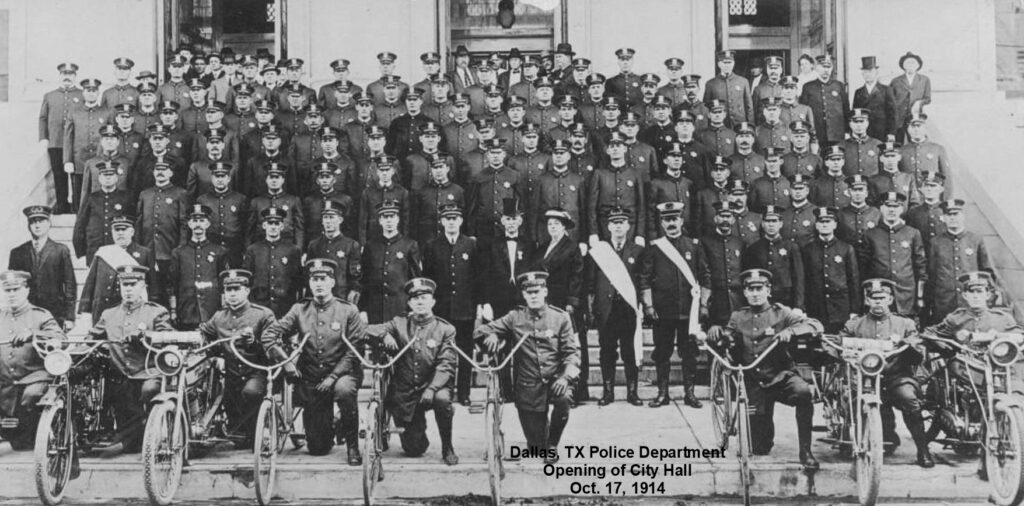
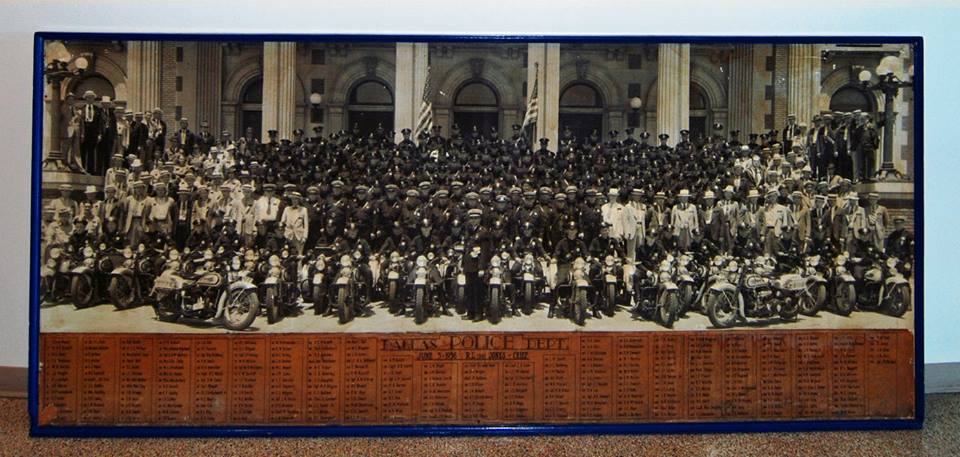
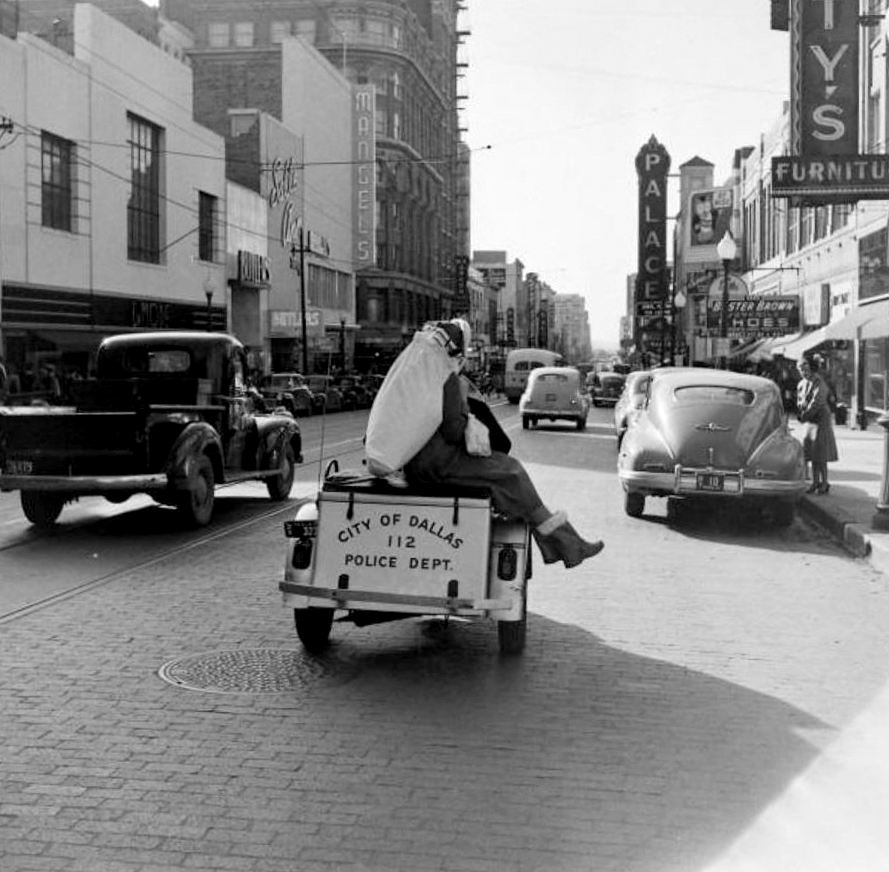
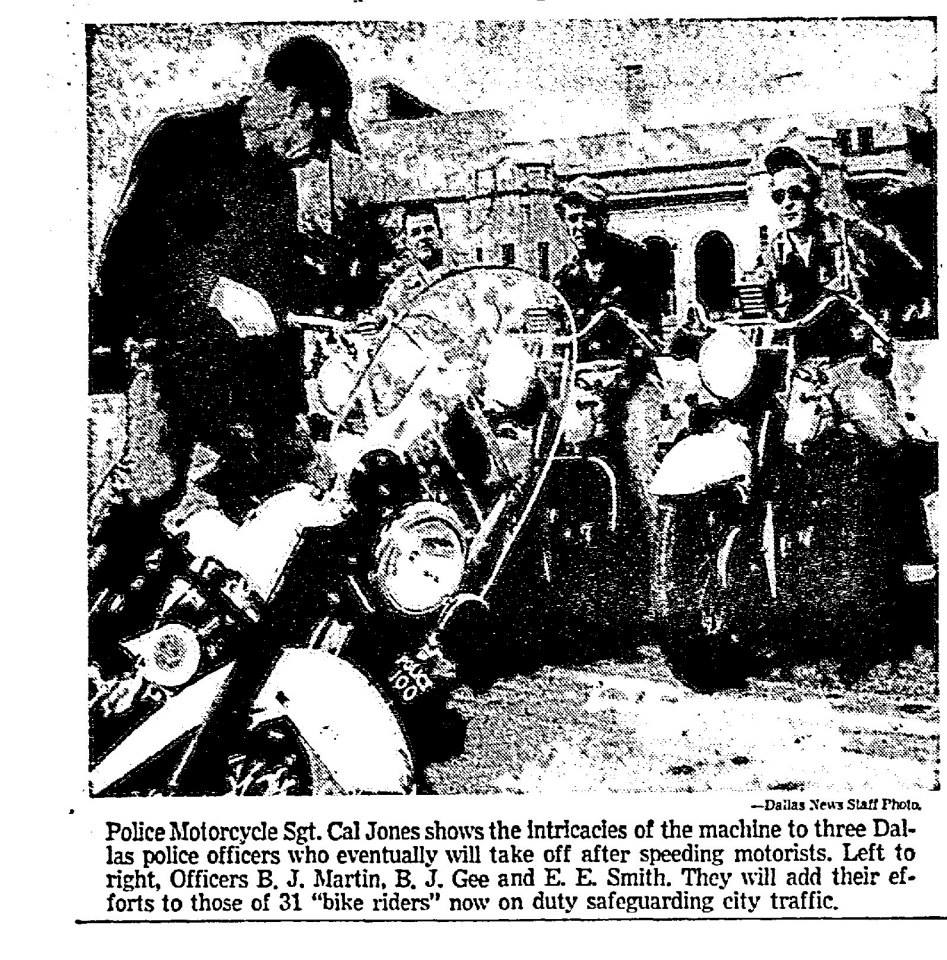
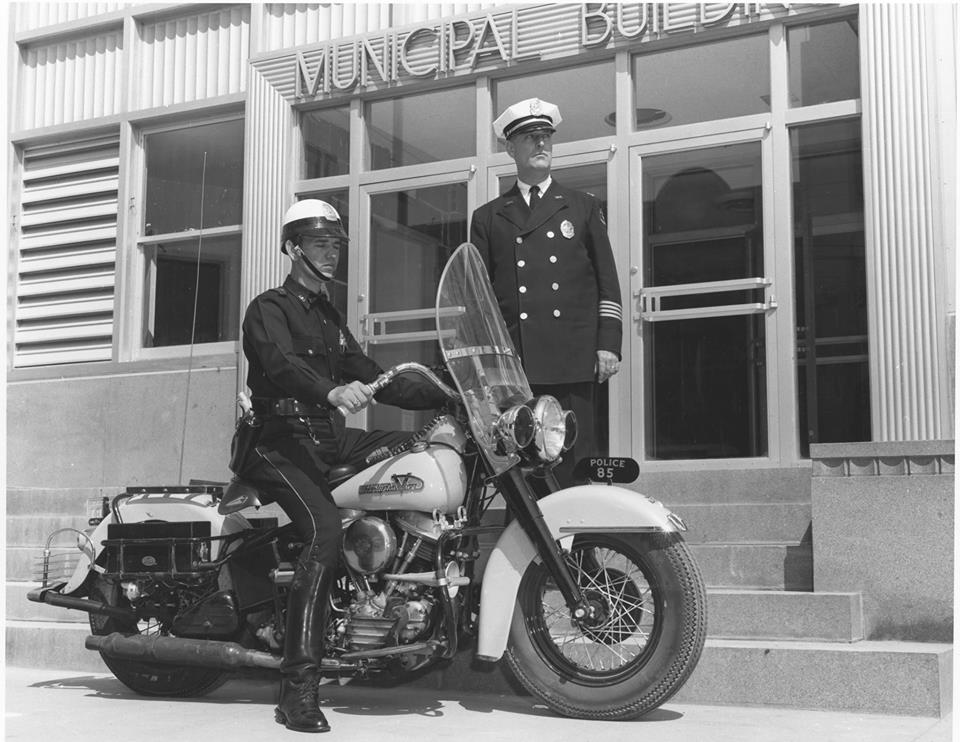
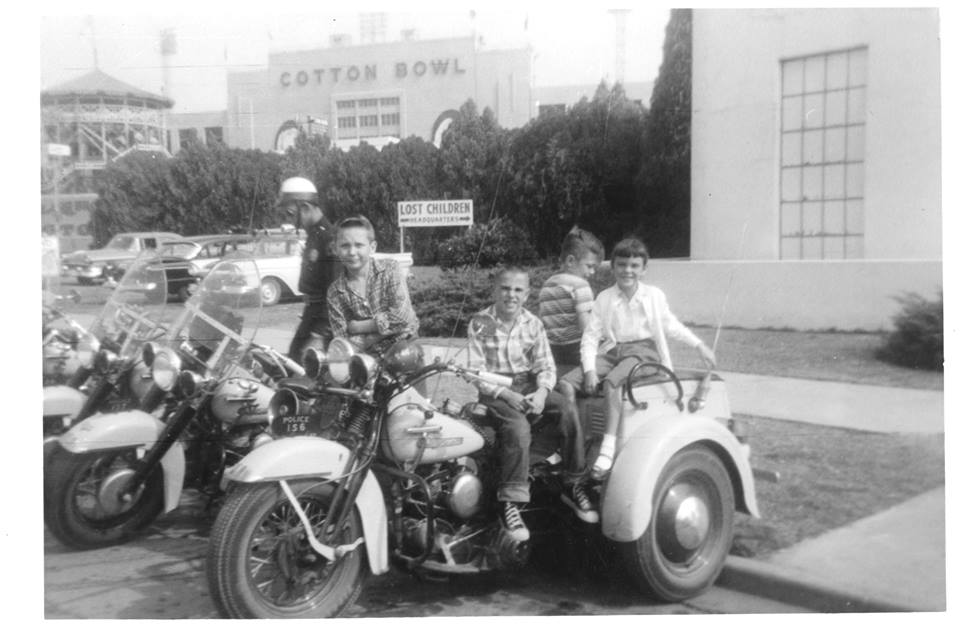
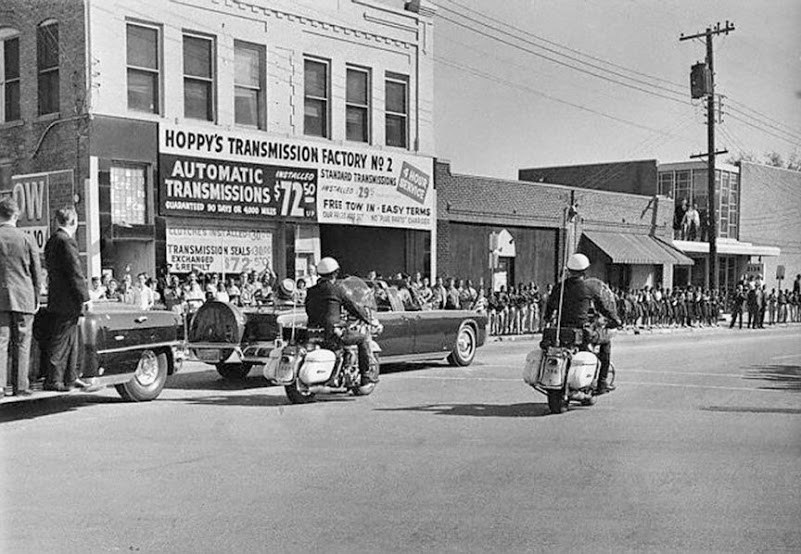
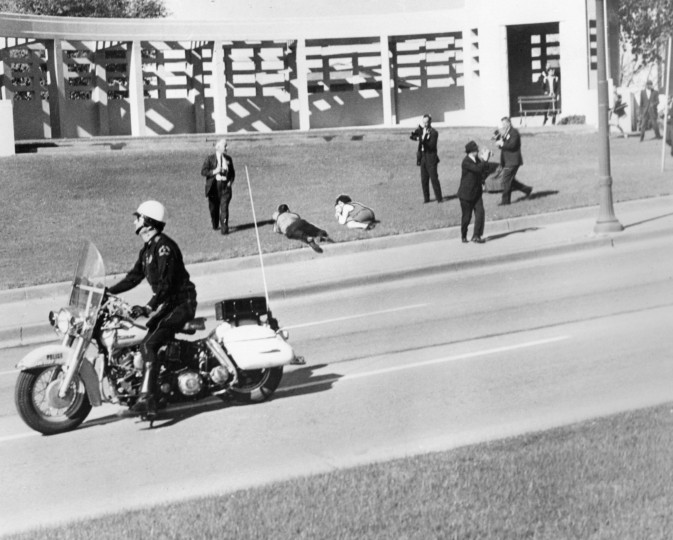
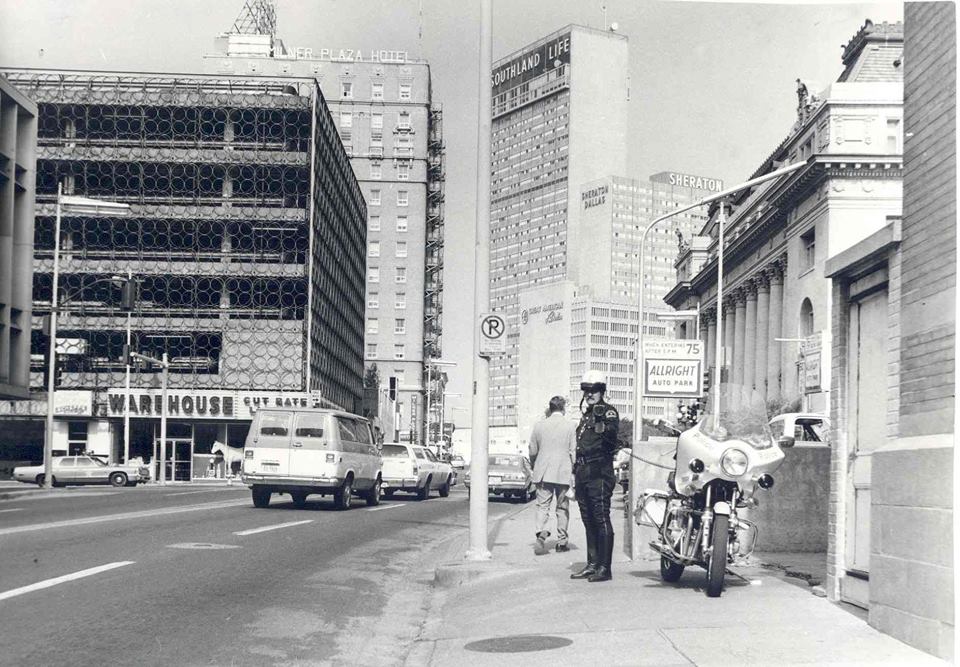
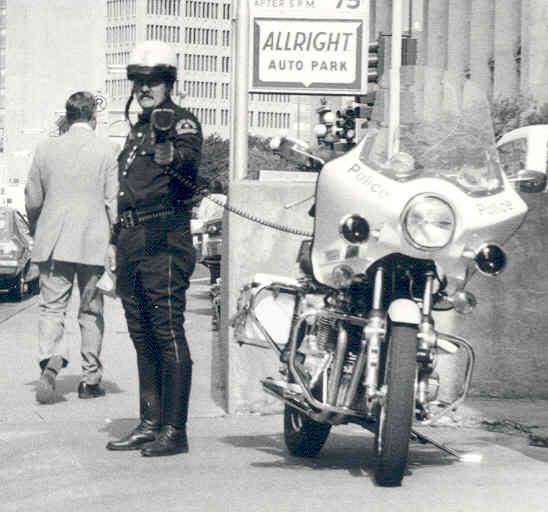
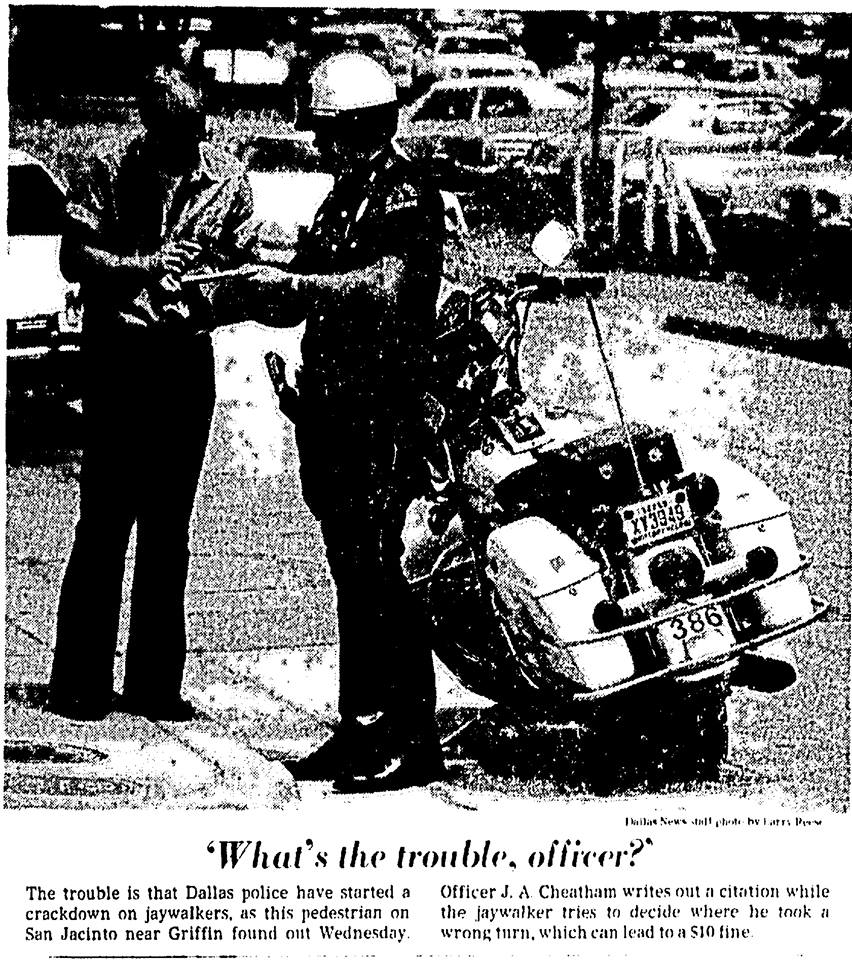
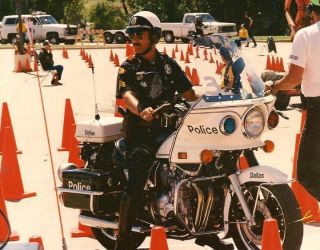
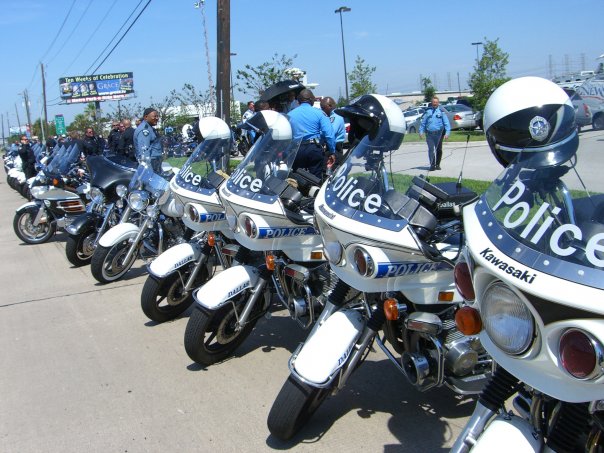
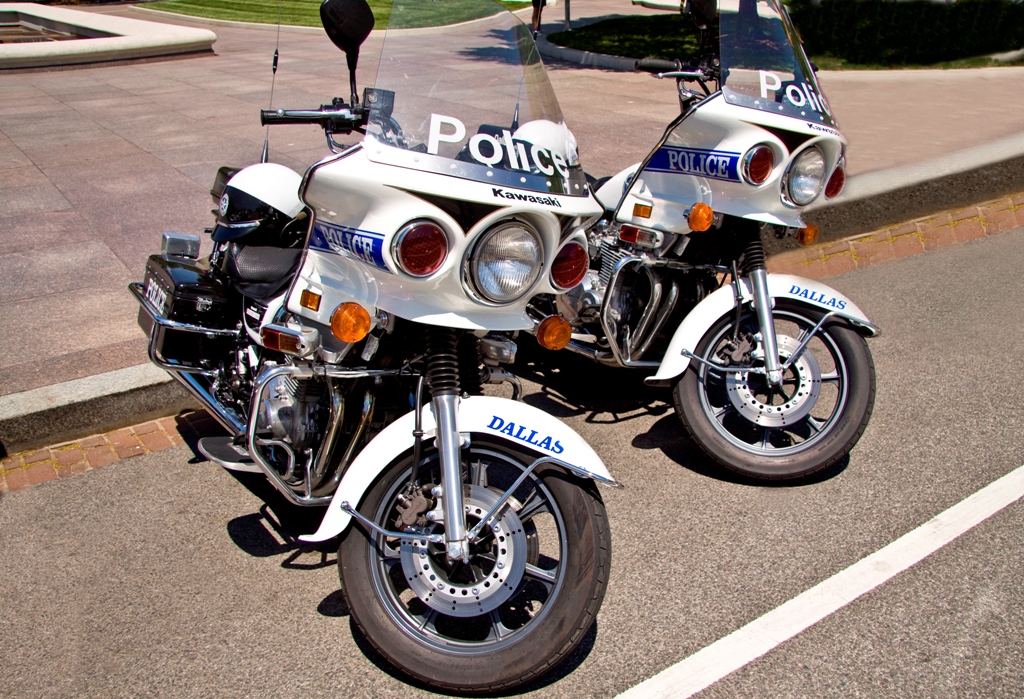
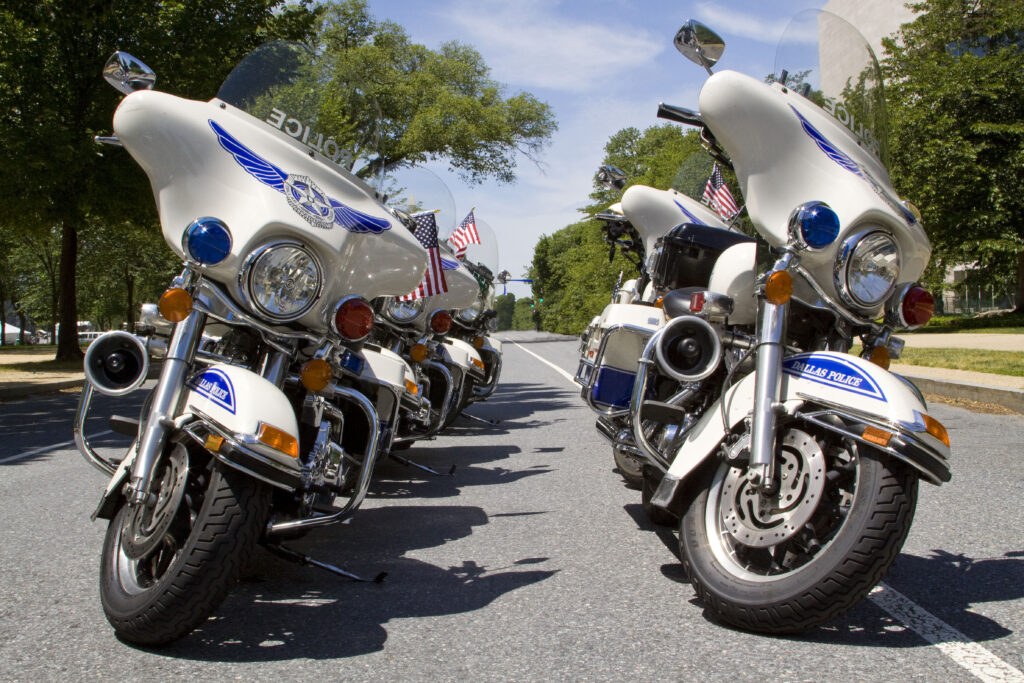
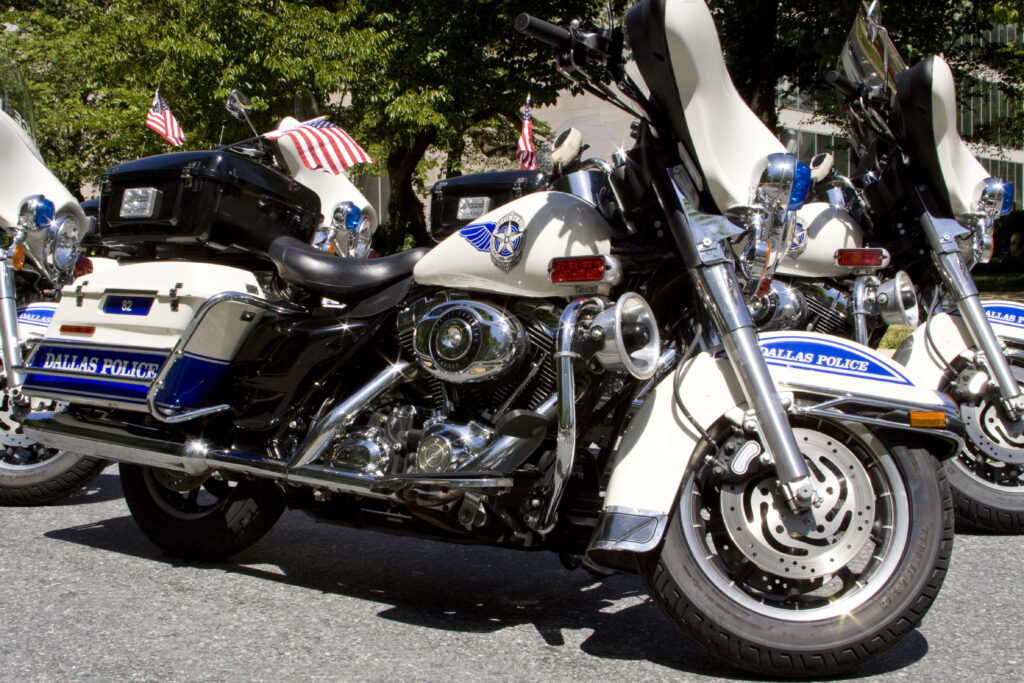
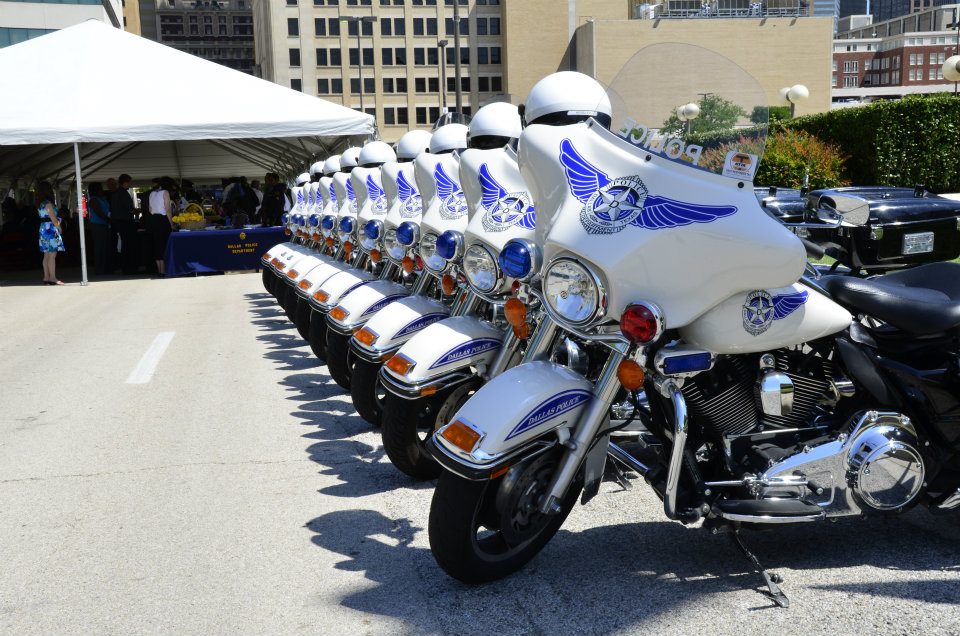
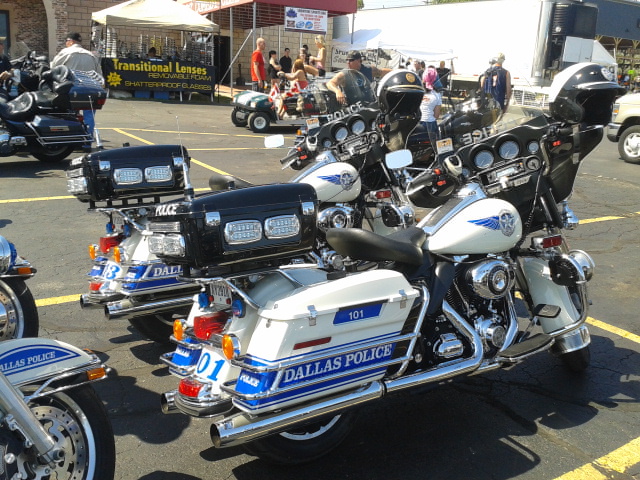
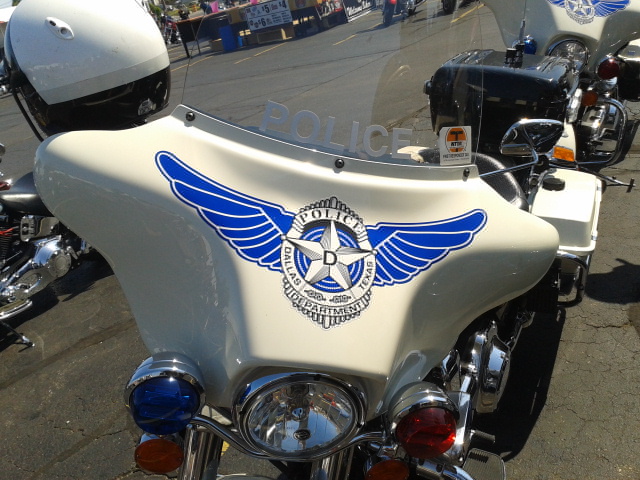
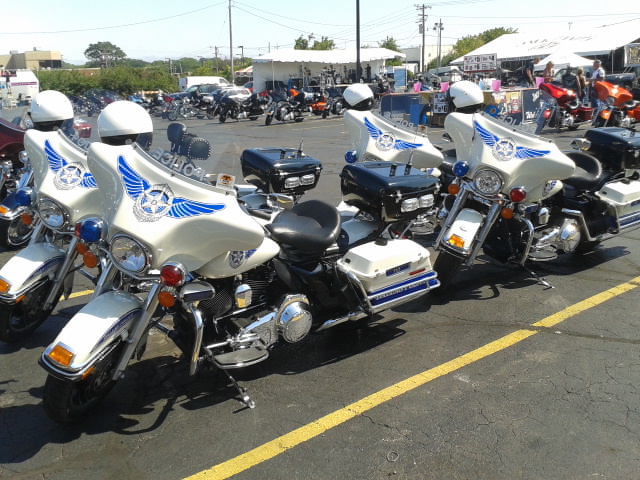
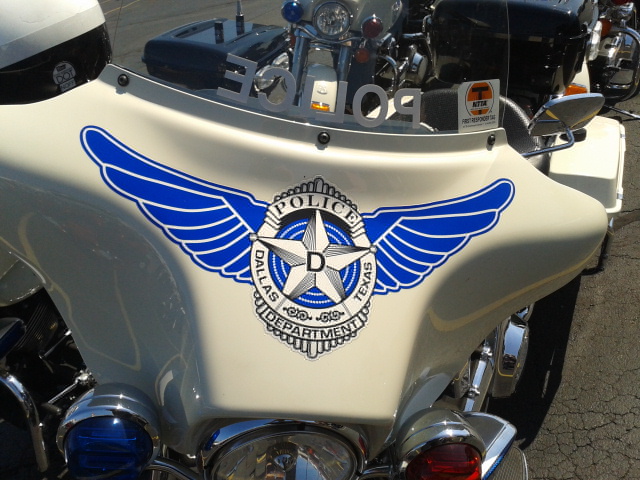
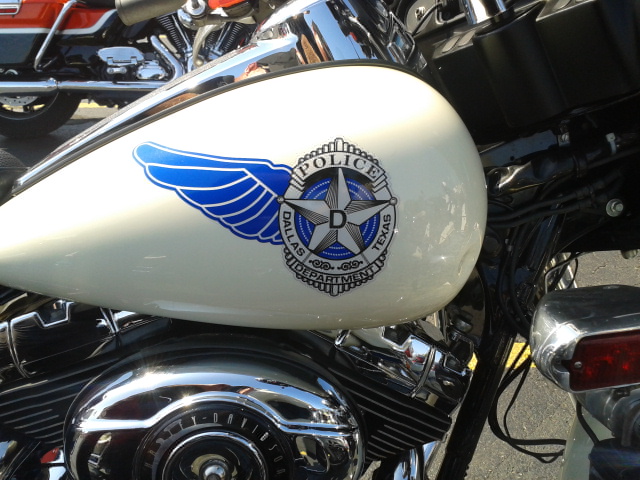
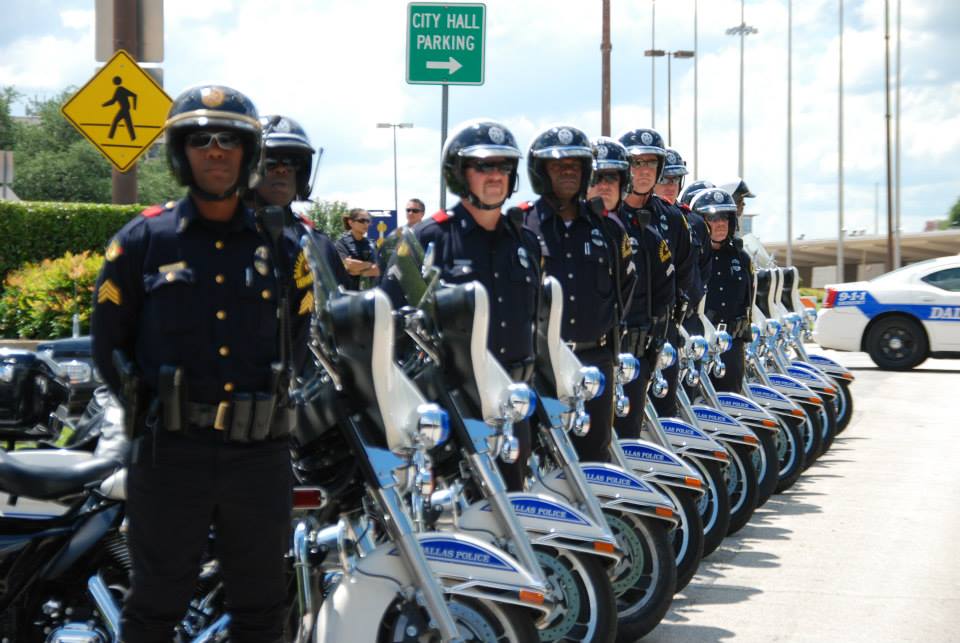
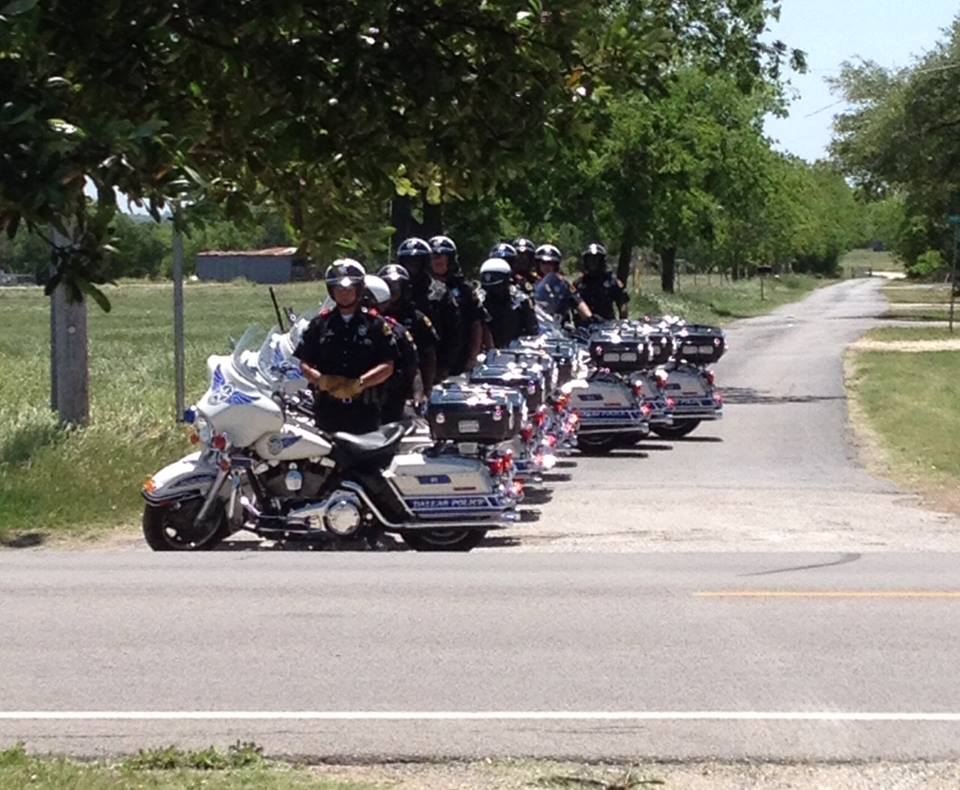
Information and Photos provided by the Dallas, TX Police Department
